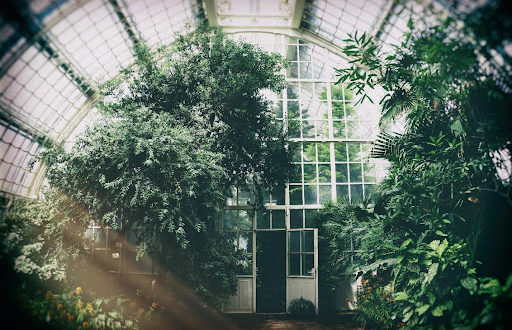A lot of us are familiar with the immensely popular hobby of gardening, but did you know that you can actually make a profit from it? Commercial greenhouses are just one way of doing it that has exploded onto the scene as of late. You see, that is because of how simple and intuitive raising plants in one can be!
If any of that sounds intriguing to you, or if you enjoy gardening already, it could be a right fit. I will describe how it works and what they are here. Once you get started, the process is fairly simple!
Understanding a Greenhouse and What makes it Commercial
So, if you are not familiar with them, a greenhouse is a special type of structure or building that creates an environment in which you can cultivate a variety of plants. The main purpose is so that you can keep plants that are out of season. Most vegetables, fruits, and other crops that can be sold for money require specific conditions to thrive properly.
In the past, they were mostly just constructed out of wood and made to be a shelter against the cold, but as you can see on this page, they have evolved quite a lot in the past centuries and even in the past decade. Thanks to advancing technology, we can perfect the temperature and moisture levels to allow the crops inside to truly thrive.
What are they made of? Usually, it is a mixture of glass and plastics. So, it could be fiber or plexiglass depending on your personal taste and what you are looking to cultivate. I would recommend doing some research to determine what would be good for you, as it can vary wildly depending on the crops involved.
As far as what makes one commercial, it is really simple. All that is involved is growing plants that you intend to sell for profit. That is the significant difference between having one for personal use and having one for this purpose.
How Does it Work?
As far as how the structures themselves work, it is not overly complicated. Often there are large sun lights that make up the ceiling and roof, allowing the building to be heated partially by those rays. Most crops that can be sold and cultivated in a commercial greenhouse require adequate sunlight anyway, so it works in both of those senses.
This allows a growing season to be extended significantly. That can vary from a few weeks to months at length, depending on the specifics of the operation. There is really no change between a private one and one intended for business as far as how they operate.
However, when you delve into the specifics, many also use computer systems that allow them to fine-tune the environment inside to allow for an optimal harvest when the time comes. That is perhaps one change between a professionally run one and a greenhouse that is usedfor personal growth.
Is it Profitable?
This is another big question that you might be asking yourself after learning what they are and how they work. Is it worth trying to sell what you grow rather than using it for your own personal stock of food or goods? Well, that will depend on what you are housing.
Some types that are profitable, for example, are known as commodities. You can easily find lists of them if you have never heard the term, so here is a link to some further information: https://corporatefinanceinstitute.com/resources/knowledge/trading-investing/commodities/. Obviously, pay particular attention to the agriculture section. You can not exactly grow crude oil in a greenhouse, after all!
With all that being said, youshould not only go from what is commonly grown. Something like corn, for example, can thrive outside of a greenhouse environment in most parts of the world, and even when they are not in season in the United States, we are able to import them quite easily. Rather, try to invest in plants that are in higher demand when they go out of season while not having higher supply.
That does take some research, but if you are joining a program that is for those wanting to create a commercial greenhouse, they can help in some cases. Talking to experts in botany could be another avenue you take if you are unsure about what to grow.
At the end of the day, it is up to you as far as what you pursue and what route you want to take as far as who you work with, or if you want to do it independently. Locating the equipment and building the greenhouse itself can be one of the more challenging aspects, so many farmers who want to do so end up working with pre-established ones.



